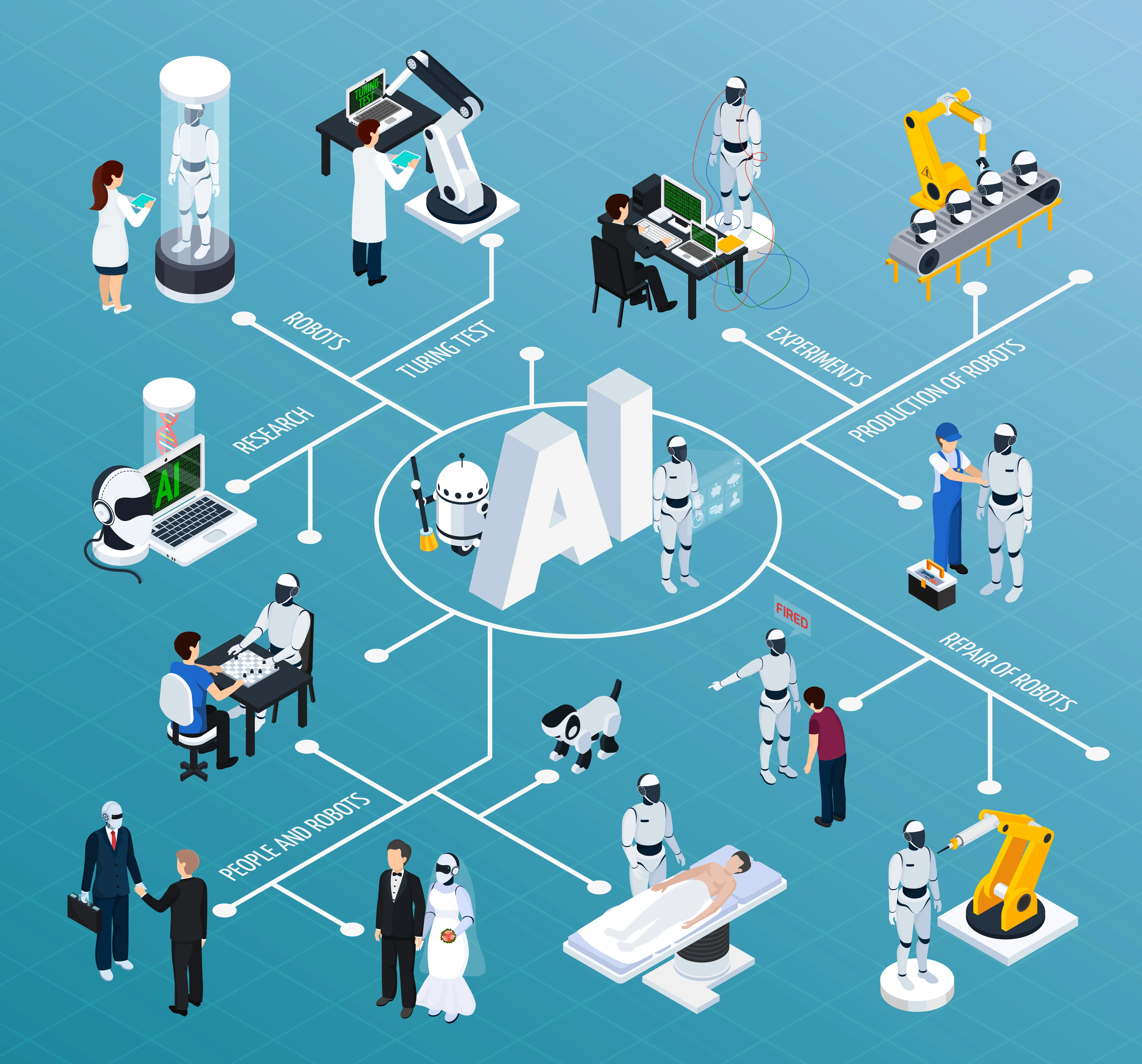

AI behavioral analysis (also called behavioral AI or behavior analysis AI) uses artificial intelligence and machine learning to examine and interpret human behavior data. It leverages AI user behavior analysis and behavior recognition AI to detect patterns, predict actions, and generate AI behavioral insights from user interactions By applying behavioral analytics AI, systems adapt to evolving behaviors, enabling personalized experiences and proactive security measures. This AI for behavioral analysis is widely used in industries from marketing to healthcare, transforming raw behavioral data into intelligent decisions
AI behavioral analysis relies on advanced artificial intelligence and machine learning algorithms to process and interpret complex behavioral data. Core technologies include natural language processing for understanding human communication and generative AI to model and predict behaviors. Specialized tools like AI-powered voice recognition and sound recognition enable multimodal behavior detection.
Predictive analytics and anomaly detection identify unusual patterns, supporting automated threat detection and AI-driven security. These capabilities are delivered through cloud-native, real-time detection systems that are scalable and can operate via on-sensor detection or cloud detection platforms. Advanced AI behavioral/ML models tackle adversarial behavior, ensuring robust and adaptive analysis across various domains
In behavioral AI, data collection is often automated to gather extensive behavioral data from various sources like user interactions, devices, and networks. This includes continuous monitoring to collect data in real time, enabling faster and more accurate insights. The gathered data undergoes data analysis using advanced behavioral analytics and pattern recognition techniques to identify trends, anomalies, and potential threats.
While some processes still involve manual analytics, AI-driven systems significantly enhance speed and precision, improving threat intelligence and endpoint protection across applications
AI behavioral analysis enhances patient outcomes by enabling early detection of behavioral changes and tailoring personalized intervention plans. It supports clinical decision support systems by analyzing data from wearables data transfer and other sources, helping practitioners refine treatment tactics. Importantly, AI acts as an augmentation of human expertise, promoting practitioner–AI collaboration without replacing the essential human touch in therapy, thus improving care quality and efficiency
Effective AI tool education/training and user-friendly AI interfaces are essential to minimize the learning curve for AI tools and foster smooth practitioner–AI collaboration. Ensuring AI explainability helps users trust decisions, while respecting ethical considerations and strict data privacy safeguards protects individuals’ rights. Balancing the augmentation of human expertise with transparency and privacy remains critical for responsible behavioral AI deployment
Behavioral AI strengthens AI-driven security by enabling automated threat detection through advanced behavioral AI/ML models that recognize and respond to adversarial behavior in real time. Its capabilities support continuous real-time detection and scalable detection across networks and devices, improving threat intelligence and bolstering endpoint protection against evolving cyber threats
Businesses and analysts leverage AI behavioral analysis to analyze vast amounts of user and operational data, uncovering patterns that drive smarter decisions. By using AI, they enhance customer personalization, optimize marketing strategies, improve risk management, and detect fraud early, turning behavioral insights into competitive advantages across industries

This website stores data such as cookies to enable site functionality including analytics and personalization. By using this website, you automatically accept that we use cookies.